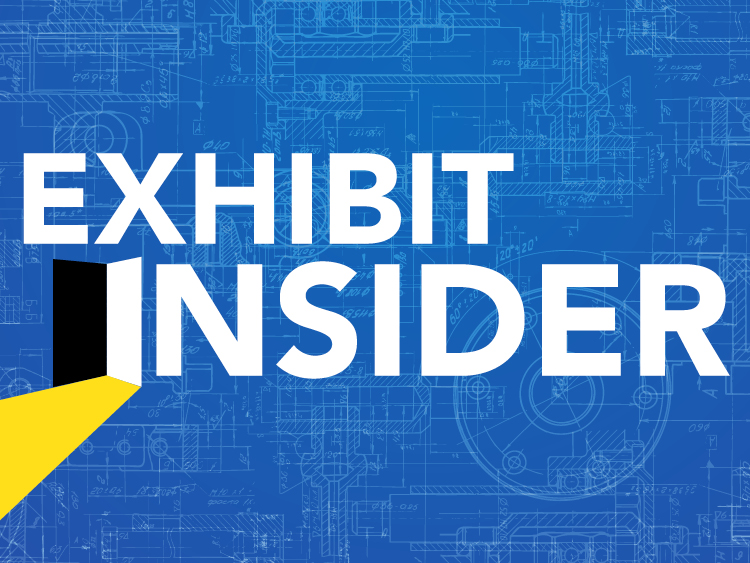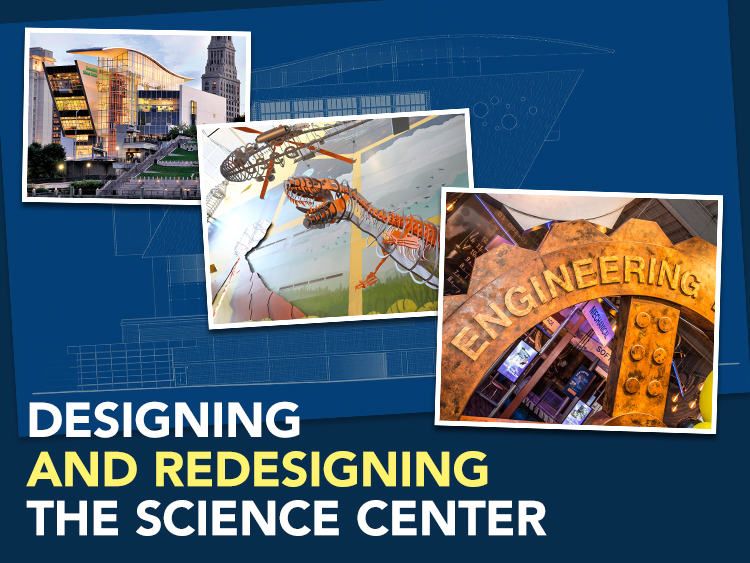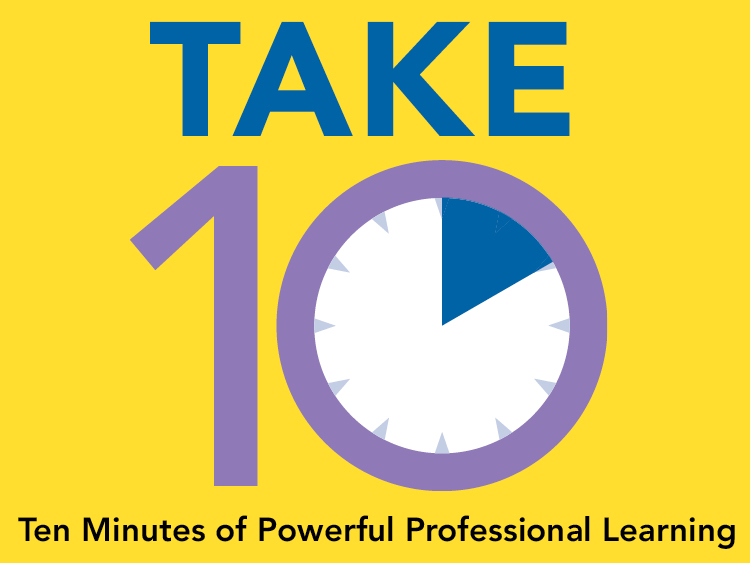Rightfully so, we are often entranced by tales of people and worlds that existed long before us. In the past, we were only imagining the detailed traits of a mammoth or the eye color of a man crossing the Ӧtztal Alps 5,300 years ago (Does that one seem oddly specific? We will get to that later.), but thanks to evolving techniques in DNA extraction, sequencing, and analysis, we no longer need to imagine. Welcome to the wonderful world of ancient DNA, or paleogenomics!
Paleogenomics might seem like an intimidating field, but let’s take a moment to break it down. The prefix paleo literally means “old” or “ancient,” while genomics is the study of genomes–the full set of DNA instructions making up an organism. Adding the prefix paleo to genomics means we aren’t just studying our own DNA anymore, but can go back millennia to study the DNA of extinct animals! While this field may have seemed like science fiction 50 years ago, over the past 4 decades it has grown by leaps and bounds. Intersecting genomics with archaeology, anthropology, paleontology, and more, this field is revising our understanding of history and the world around us.
 The study of ancient DNA first became a reality in 1984, when scientists were able to obtain a small piece of DNA from the preserved tissue of a quagga, a subspecies of the plains zebra that was hunted to extinction in South Africa. The quagga became the first extinct animal whose DNA was analyzed, but it certainly wouldn’t be the last. Included is the only photo ever taken of a live quagga at the London Zoo in 1870. This early work inspired other scientists to persist, eventually obtaining DNA of animals that existed long before photography.
The study of ancient DNA first became a reality in 1984, when scientists were able to obtain a small piece of DNA from the preserved tissue of a quagga, a subspecies of the plains zebra that was hunted to extinction in South Africa. The quagga became the first extinct animal whose DNA was analyzed, but it certainly wouldn’t be the last. Included is the only photo ever taken of a live quagga at the London Zoo in 1870. This early work inspired other scientists to persist, eventually obtaining DNA of animals that existed long before photography.
Over the next few decades, the development of techniques to amplify and sequence DNA led to an explosion in this field. From mummies to mammoths, we have gone further in the past than we ever dreamed. In February of 2021, we blew past the million-year mark, obtaining DNA from mammoth teeth up to 1.6 million years old. The previous record from 2013 was for the genome of a 700,000 year-old horse. While going from a bone fragment to a genetic sequence is still not without its challenges, technological advances have opened doors we thought would be forever closed to us.
Now that we have delved into the not-so-ancient history of the field of ancient DNA, let’s explore how it works through the lens of one of my favorites, Ӧtzi the Iceman. Remember that very specific reference from the beginning of this article–meet Ӧtzi! Discovered in 1991 and nicknamed after the area of the Alps in which he was found, Ӧtzi has fascinated people of all ages for decades, including science centers (more on that in a bit).
 When hikers first stumbled upon Ӧtzi face down in a glacier, they thought this extraordinarily preserved specimen must have been from a hiker that simply had an accident. However, further analysis found that Ӧtzi was over 5,300 years old! The frigid conditions effectively mummified his body. (If you visit the Connecticut Science Center this summer, you’ll find a rabbit in our Mummies of the World traveling exhibition that was found in the same area as Ӧtzi!) Examination of his body also revealed he was approximately 45 years old, 5’3”, and had an arrowhead in his shoulder. He was also found with a variety of artifacts that gave further insight into how he lived. However, none of these things can tell us what color eyes he had, or whether he had curly or straight hair, or the contents of his last meal. For that, we turn to DNA!
When hikers first stumbled upon Ӧtzi face down in a glacier, they thought this extraordinarily preserved specimen must have been from a hiker that simply had an accident. However, further analysis found that Ӧtzi was over 5,300 years old! The frigid conditions effectively mummified his body. (If you visit the Connecticut Science Center this summer, you’ll find a rabbit in our Mummies of the World traveling exhibition that was found in the same area as Ӧtzi!) Examination of his body also revealed he was approximately 45 years old, 5’3”, and had an arrowhead in his shoulder. He was also found with a variety of artifacts that gave further insight into how he lived. However, none of these things can tell us what color eyes he had, or whether he had curly or straight hair, or the contents of his last meal. For that, we turn to DNA!
 DNA was extracted from Ӧtzi’s left hip (as well as his stomach to determine his last meal) and from there took quite a journey to go from sample to sequence. The first stop was a laboratory specializing in ancient DNA. As you can see from this lab in Copenhagen, ancient samples must be treated with extreme care to preserve the DNA and avoid contaminating it with our own genetic material. The individual featured here is actually a graduate of UCONN’s Department of Anthropology!
DNA was extracted from Ӧtzi’s left hip (as well as his stomach to determine his last meal) and from there took quite a journey to go from sample to sequence. The first stop was a laboratory specializing in ancient DNA. As you can see from this lab in Copenhagen, ancient samples must be treated with extreme care to preserve the DNA and avoid contaminating it with our own genetic material. The individual featured here is actually a graduate of UCONN’s Department of Anthropology!
At the lab, the extracted DNA is then barcoded. In this process, tiny DNA tags (barcodes) are attached to the sample, which not only help scientists handle the DNA, but also provide an opportunity to check for contamination moving forward. The next step is amplification, or the DNA copy machine. Samples of ancient DNA are small or fragmented. To make sense of it, we need a lot of copies. After we have our barcoded and amplified DNA, it’s time to sequence it. Our DNA, just like the DNA of a dog, a mouse, or a piece of lettuce, is all made up of the same 4-letter code–A, T, G, and C. The letters are just in different orders, or sequences. Those specific sequences make us, us, and determine our traits. With the use of a sequencer, like the one in our Genomics Lab on the 5th floor of the Connecticut Science Center, we can take the final jump from bone to code.
 After stringing together the small, sequenced pieces of DNA into a finished puzzle, we can compare them to a reference sequence to see where our sample is different and what those differences mean. In some locations, it is just a single letter of DNA that is different, while other areas can have more or less copies of certain pieces of DNA. In this example, Ӧtzi’s DNA on the second line contains an “A” at the spot we are looking at, giving him brown eyes! While this is only one of the spots scientists looked at to determine Ӧtzi’s eye color, this process of variant calling was repeated over and over to get a view through Ӧtzi’s eyes.
After stringing together the small, sequenced pieces of DNA into a finished puzzle, we can compare them to a reference sequence to see where our sample is different and what those differences mean. In some locations, it is just a single letter of DNA that is different, while other areas can have more or less copies of certain pieces of DNA. In this example, Ӧtzi’s DNA on the second line contains an “A” at the spot we are looking at, giving him brown eyes! While this is only one of the spots scientists looked at to determine Ӧtzi’s eye color, this process of variant calling was repeated over and over to get a view through Ӧtzi’s eyes.

Scientists didn’t just stop at Ӧtzi’s eye color. He has been widely researched, from his physical traits, to his meal habits, and health. For example, did you know Ӧtzi had the oldest case of Lyme Disease? Remember when I said that even science centers are fascinated with Ӧtzi? Well our friends from Stanford at The Tech created a program that allows you to investigate the traits of Ӧtzi and other ancient samples, which we adapted for our visitors right here in Connecticut! If you ever have any genetics questions, they also have a fantastic “Ask a Geneticist” database.
If you want to dive into the world of paleogenomics for the day, come visit us at the Connecticut Science Center to uncover Ӧtzi’s traits for yourself! On select days, we are now offering our Ancient DNA program in our Genomics Lab. Stop by to crack the code on the 5th floor, and then head down to Mummies of the World from now through Labor Day to learn more about these amazing, ancient individuals. Hope to see you soon!




